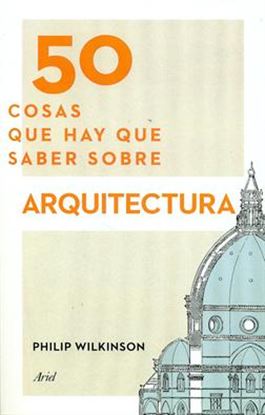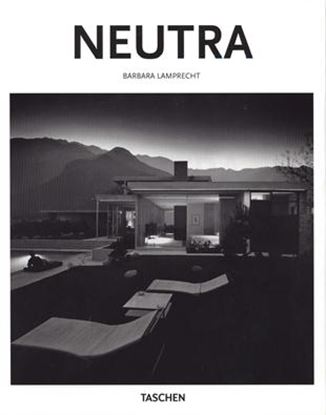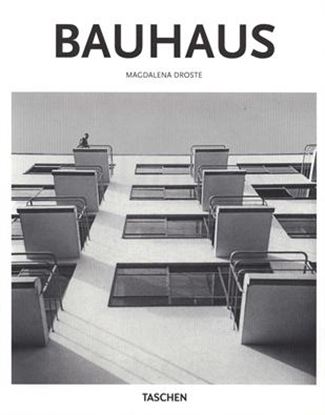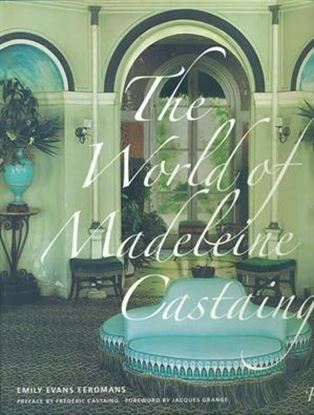

MANUAL DE DIBUJO ARQUITECTONICO
El Manual de dibujo arquitectónico es el libro que dio fama internacional a Francis D. K. Ching y sus conocidos métodos de dibujo. Esta nueva edición, la cuarta desde que se publicara por primera vez en español en 1976, amplía y complementa la edición anterior incorporando nuevas ilustraciones y nuevos contenidos que hacen referencia al dibujo con herramientas digitales. Se mantiene, sin embargo, el magnífico planteamiento del original que catapultó a la fama a Ching y convirtió este libro en el manual de dibujo arquitectónico por excelencia. Organizado en diez capítulos, el libro expone las herramientas, directrices y técnicas tradicionales de la expresión gráfica en arquitectura así como las claves de la representación visual mediante recursos digitales. El estudiante de arquitectura y diseño encontrará en estas páginas desde los procedimientos básicos para dibujar plantas, secciones y alzados, o los sistemas de representación más frecuentes (el diédrico, la axonometría y la perspectiva), hasta los métodos y convenciones para representar materiales o texturas de suelo, dibujar sombras y valores tonales, o incorporar elementos contextuales como figuras humanas, coches, árboles o mobiliario. En definitiva, un clásico del dibujo técnico arquitectónico que recoge de forma sistemática las técnicas y convenciones que todo arquitecto debe conocer para representar gráficamente ideas y soluciones arquitectónicas.
2,600
2,080
50 COSAS QUE HAY QUE SOBRE ARQUITECTURA
¿Cuál es la diferencia entre una columna dórica y una jónica? ¿Cuál es la función de un arbotante? ¿Cuáles son los principios rectores de la arquitectura moderna? ¿En qué se diferencia la restauración de la conservación?
Desde las raíces más tempranas de la arquitectura en la Grecia antigua, pasando por el desarrollo revolucionario de finales del siglo XX, hasta las tendencias más recientes de la arquitectura ecológica, esta guía esencial explica los conceptos e ideas fundamentales sobre arquitectura y brinda una nueva y fundada comprensión de la disciplina y su profundo impacto en el mundo en que vivimos.
1,250
1,000
NEUTRA (BA-ARCH)
La perfecta armonía moderna
El arte de conjugar arte, paisaje y comodidad
En la arquitectura de Richard Neutra (1892-1970), interior y exterior comulgan en perfecta armonía moderna. Mientras el sol californiano centellea sobre las superficies de elegantes edificios, inmensos muros acristalados ofrecen vistas panorámicas de montañas, jardines, palmeras y piscinas. Con profusas ilustraciones, esta obra nos acerca al arquitecto y nos presenta los proyectos que definieron su carrera. Con estructuras frías anidadas entre maravillas naturales, se rinde homenaje a uno de los representantes más puristas del Movimiento Moderno, un profesional que supo cómo incorporar las líneas escarpadas y los colores cambiantes de la naturaleza a las geometrías características del Estilo Internacional.
1,350
1,080
BAUHAUS (BA-ARCH) (ES)
Diseñando una época
La escuela artística más famosa de la modernidad
Durante un fugaz periodo de catorce años intercalado entre dos guerras mundiales, la escuela de arte y diseño alemana Bauhaus cambió el aspecto de la modernidad. Con ideales utópicos para el futuro, la escuela fue pionera en la funsión del arte, la artesanía y la tecnología aplicada a la pintura, la escultura, el diseño, la arquitectura, el cine, la fotografía, los tejidos, la cerámica, el teatro y la instalación artística. Este libro es un homenaje al atrevimiento e innovación del movimiento Bauhaus, pionero en el desarrollo del arte moderno y paradigma de la educación artística, en el que una total libertad de expresión creativa y de ideas vanguardistas dio lugar a creaciones hermosas y prácticas.
1,350
920
THE WORLD OF MADELEINE CASTAING (OF3)
The inimitable style of renowned French interior designer Madeleine Castaing, chronicled in-depth for the first time. While many were drumming to the beat of modernism in the early- and mid-twentieth century, French antiquaire and decorator Madeleine Castaing created her own look that was a unique blend of neoclassicism, Proustian romanticism, and pure wit. Her distinctive aesthetic vision has inspired tastemakers on both sides of the Atlantic, and her devotees--both then and now--are legion. Ocelot carpeting, opaline blue, "coolie" lampshades, and an eclectic mix of neoclassical furnishings ranging from English Regency to Napoleon III all formed part of the vocabulary of "le style Castaing." This lavishly illustrated volume--the first on her work--explores in-depth the elements of her style, and examines how she crafted interiors so emotive that visitors felt that they had stepped into a Balzac novel or a Proustian recollection. Her entire life and career are chronicled, from her early years in Montparnasse, the epicenter of artistic activity in Paris, to her incomparable country house Leves and her legendary shop on rue Jacob in Paris.
999
799
ANDO (BA-ARCH) (ES)
Este libro de TASCHEN ofrece la introducción perfecta a la obra de Tadao Ando y explora el híbrido de tradición, modernidad y función de unos edificios que fascinan a arquitectos, diseñadores y diseñadores de moda, entre otros. A través de obras clave como viviendas particulares, iglesias, museos, complejos de apartamentos y espacios culturales, analizamos una estética única, monumental y acogedora, basada tanto en la tradicional serenidad japonesa como en los vocabularios decididamente modernos de la Bauhaus y Le Corbusier.
1,350
1,080













